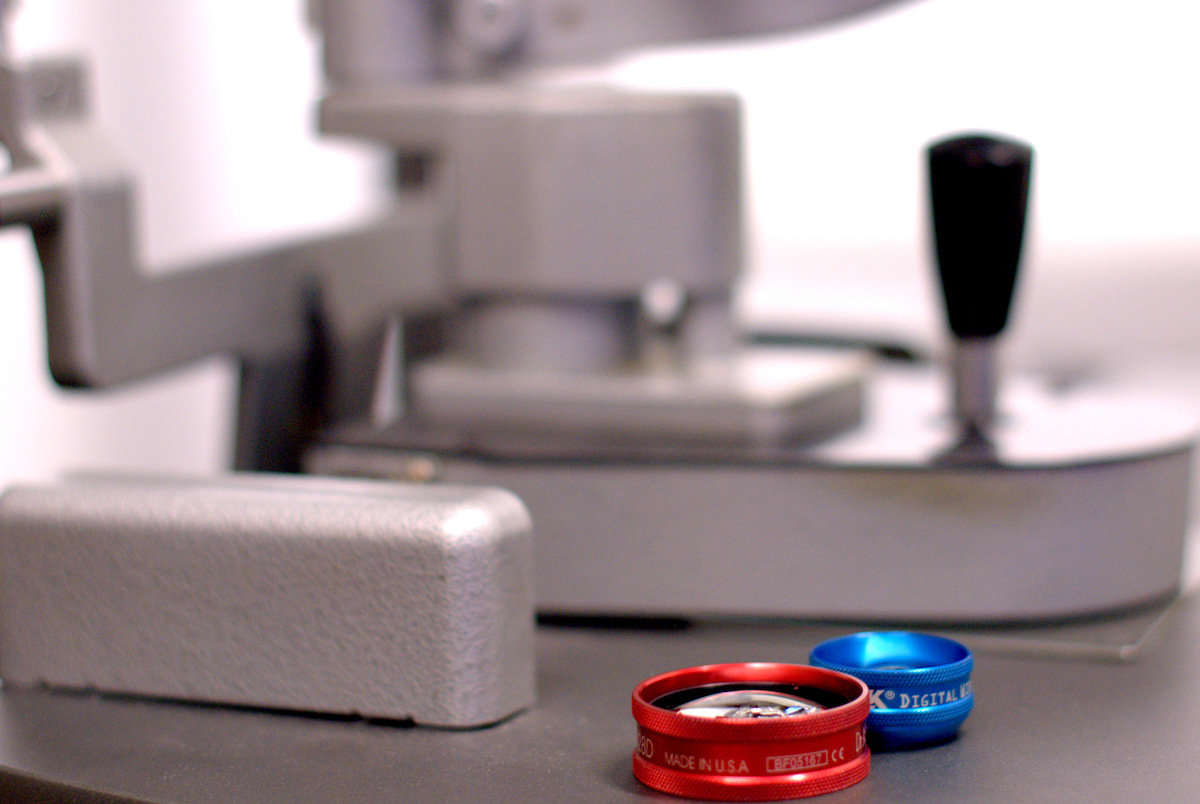What is an Intravitreal Injection?
An intravitreal injection is an injection of medication directly inside the eye, near the retina. Several eye conditions are treated with intravitreal injections, including:
- Macular degeneration
- Diabetic retinopathy
- Retinal vascular diseases
- Inflammatory diseases of the eye
The injections are often the best way to preserve or improve the vision that you have currently. Similar to medications that people take for blood pressure or diabetes, the medications injected into the eye often need to be taken regularly to maintain or improve your vision. The commonest medications injected into the eye are:
- Eylea (aflibercept)
- Lucentis (ranibizumab)
- Avastin (bevacizumab)
- Kenalog (triamcinolone)
- Ozurdex (dexamethasone)
- Gas or Air

How is it performed?
- You lie on your back, in a comfortable position.
- Anesthetic drops are used to ‘numb’ the eye. These often sting for the first few seconds.
- Your eye are cleaned with an antiseptic solution.
- Your eyes are kept open with a small spring.
- The injection is done by Dr Sharma. You will feel slight pressure or a quick sharp feeling.
- After the injection, your eye is given a saline flush to wash away the antiseptic.
You are given an appointment for the next visit before leaving.
Following the injection…
DO NOT:
- Rub your eye – You can cause a scratch on your eye while its ‘numb’ or ‘frozen’.
- Drive – we advise having a support person on the day of the procedure.
IT IS NORMAL TO HAVE:
- Redness of the eye, especially in the area where the injection was given. This will gradually disappear.
- Blurry vision: this is often from the surface of the eye.
- The medication may take a couple of weeks to improve the vision.
- Floaters or “blobs” in your vision: these are from the medication and disappear over a few days.
- Grittiness / feeling of something in the eye: can be severe in the first few hours, but should settle down after that.
YOU MUST REPORT IF YOU HAVE:
- Severe pain
- Marked worsening of vision or loss of vision
- Floaters/clouds in the vision which are new or increasing in the days after injection
In case of emergency call Dr Sharma at Queensland Eye Institute or go to the Emergency Department at Royal Brisbane & Womens’ Hospital.
Are there any risks?
Although eye injections have become routine, there are some risks.
- The injection may cause a transient rise in the eye pressure.
- Rare but serious risks include endophthalmitis (an infection of the eye, 1:1000), cataract formation, bleeding inside the eye, or retinal detachment.
- These can cause loss of vision or loss of the eye itself (1:10,000).
- Rarely, allergic reactions or cardiovascular events (heart attack, stroke or vascular death) have been reported.

